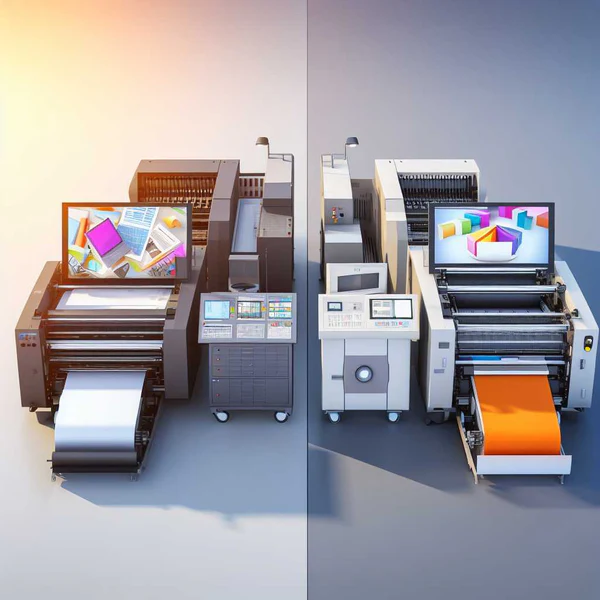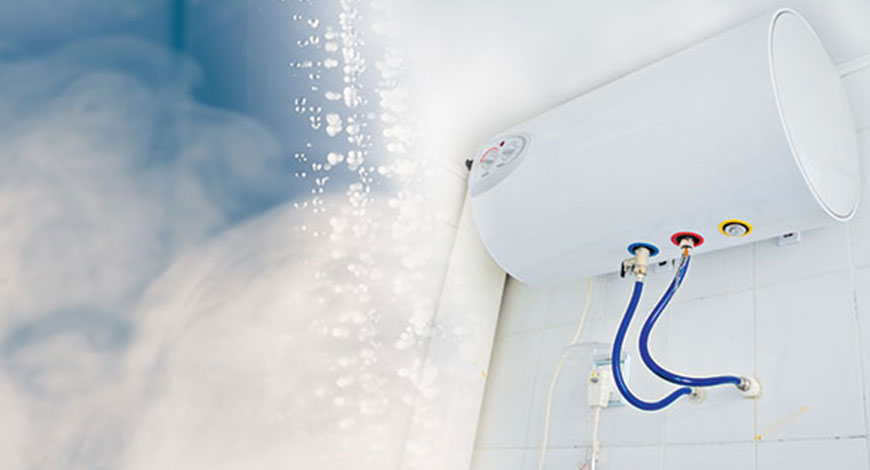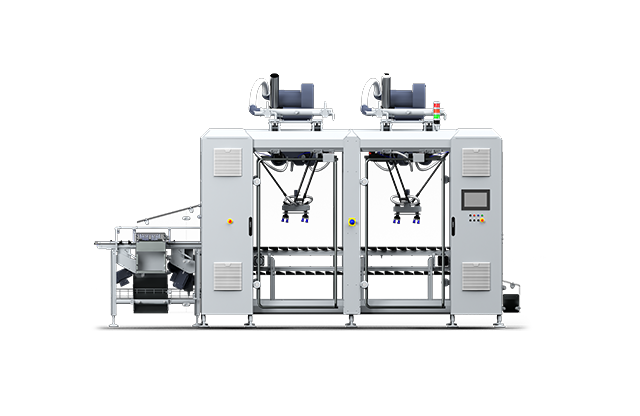Car wrapping has become a popular and versatile way to enhance the look of vehicles, whether for personal expression or business promotion. This method involves covering a vehicle’s exterior with a vinyl film that can be customized with a range of designs, colors, and finishes. For personal vehicles, car wrapping offers a unique opportunity to stand out on the road. Whether you are looking to add a vibrant color, intricate graphics, or a sleek matte finish, car wraps provide a wide array of options to match your style and preferences. The process is also reversible, so you can update your vehicle’s look as often as you like or revert to its original appearance if needed. On the business side, car wrapping is an effective marketing tool that can turn your vehicle into a mobile advertisement. Companies can leverage the large surface area of vehicles to display their brand logos, contact information, and promotional messages. A well-designed wrap can capture attention, boost brand visibility, and create a professional image.
Unlike traditional advertising methods, vehicle wraps reach a broad audience as the car moves through different areas, making it a cost-effective way to promote a business. Moreover, wraps can be tailored to reflect the company’s branding, using colors and designs that align with the overall marketing strategy. The process of applying a car wrap involves several key steps. Then, the wrap, which is typically printed with high-resolution graphics or in solid colors, is carefully applied and smoothed out to avoid bubbles and wrinkles. Advanced technology and skilled technicians ensure that the wrap fits precisely and looks seamless. The durability of the vinyl material means that wraps can withstand various weather conditions and maintain their appearance over time, making them a practical choice for both personal and business use. Additionally, car wrapping is an environmentally friendly option compared to repainting. The vinyl used in wraps is often recyclable, and the process generates less waste. This makes it a sustainable choice for those looking to make a positive impact on the environment while customizing their vehicle.
In summary, car wrapping offers a flexible and creative way to personalize or promote a vehicle. Whether you want to make a statement with a bold new look for your personal car or turn your business vehicle into a dynamic advertisement, wraps provide a stylish and practical solution. With a variety of finishes and designs available, the possibilities are endless, allowing you to achieve a distinctive appearance that meets your individual or business needs. The vinyl materials used are often recyclable, and the process generates less waste than conventional paint jobs. This makes it a sustainable choice for those looking to make a positive impact on the environment while customizing their vehicle. Skilled technicians use specialized tools to smooth out the film and eliminate air bubbles or wrinkles, ensuring a seamless and professional appearance. The dallas graphic and wrapping company allows individuals to transform their car’s appearance without the permanence or expense of a full paint job. First, the vehicle’s surface is cleaned and prepped to ensure that the vinyl adheres properly.



